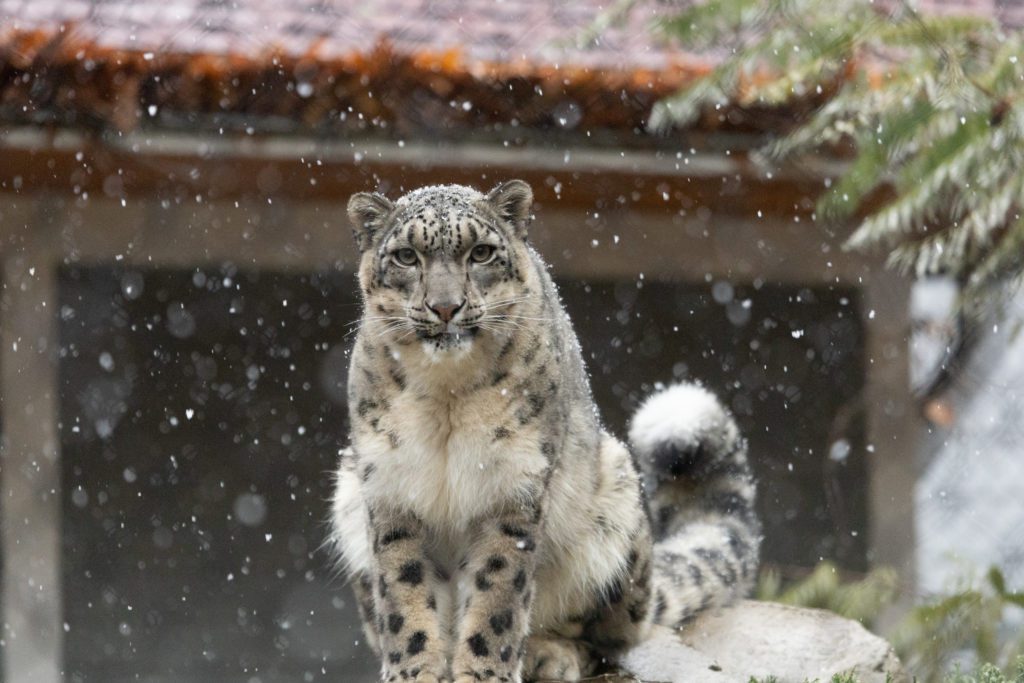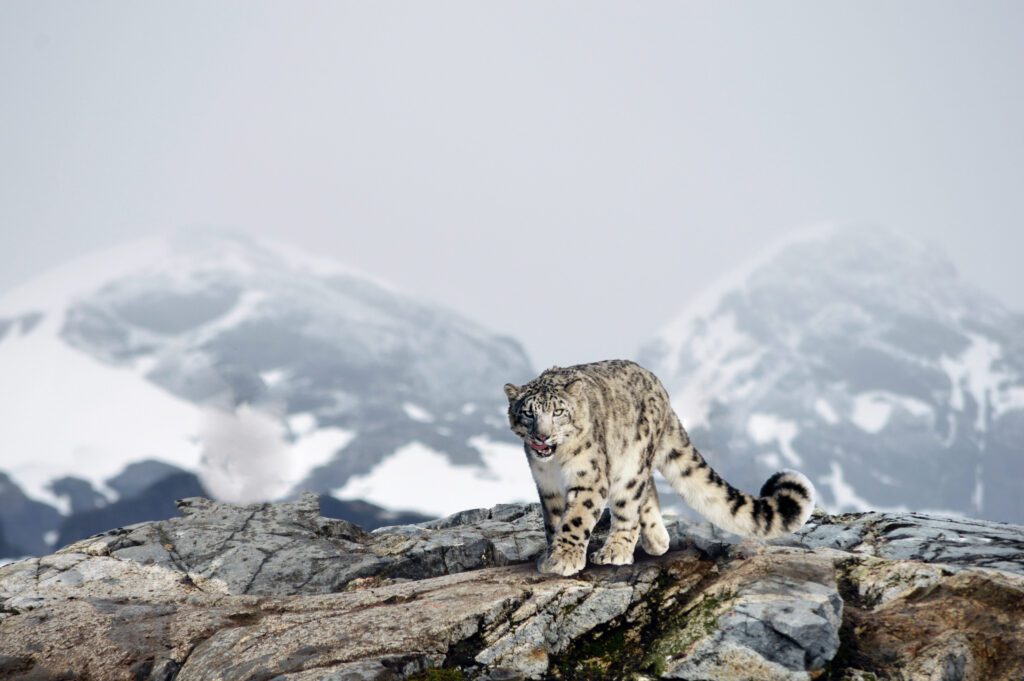This guest essay contributed by by Jen Snell Rullman, Senior Philanthropy Manager at Snow Leopard Trust, first appeared in our April 2023 edition of ZooNooz
Snow leopards are famously elusive, making them challenging to observe and study. We rely on technology like research cameras to be our window into their wild lives. Take a good look at the two photos on the following page of snow leopards. Is it the same cat or two different ones? Now imagine the wind blowing the fur in different directions, snowflakes obscuring the rosette pattern, or maybe half the cat is hidden behind a rock. Would you be able to know with 100% certainty if it’s the same cat?
Welcome to the world of snow leopard research.
Snow Leopard Trust has launched a robust study to better understand how well we identify one cat from another and how the errors influence the population estimates, allowing us to take that into account when developing our own population estimates of wild snow leopards. To do this, we need research camera photos of animals with known identities.
This is where zoo animal ambassadors get the opportunity to help their wild counterparts. Our scientists are working with experts from over 40 zoos, including Seneca Park Zoo, to deploy the same kind of research cameras we use in the field to capture photos of each individual cat species in the study: amur tiger, lynx, amur leopard and snow leopard. Why all four cats? Snow Leopard Trust scientists will examine how identification error rates may vary according to different fur types in wild animals by comparing data from four species of cats with contrasting patterns.
amur tiger = stripes and short fur lynx = small spots and long fur amur leopard = large spots and short fur snow leopard = large spots and long fur
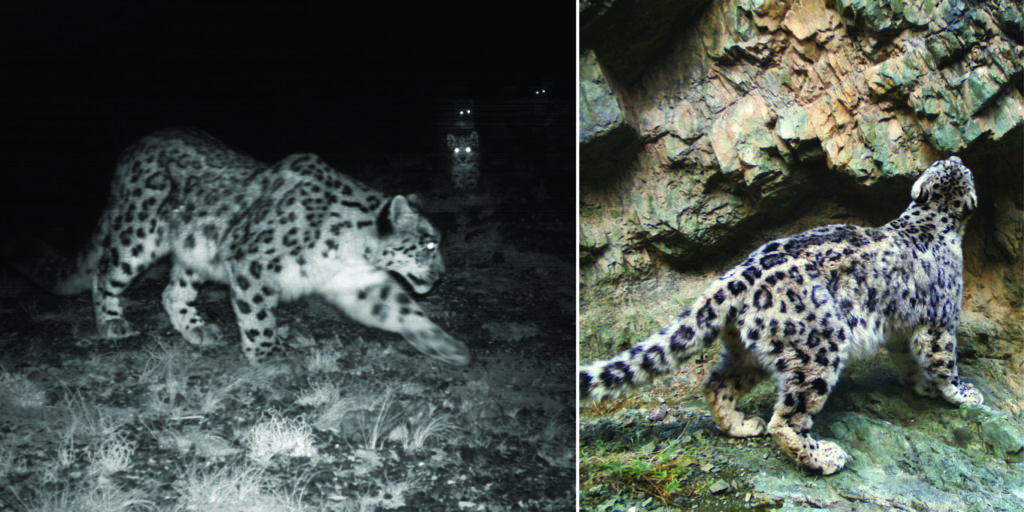

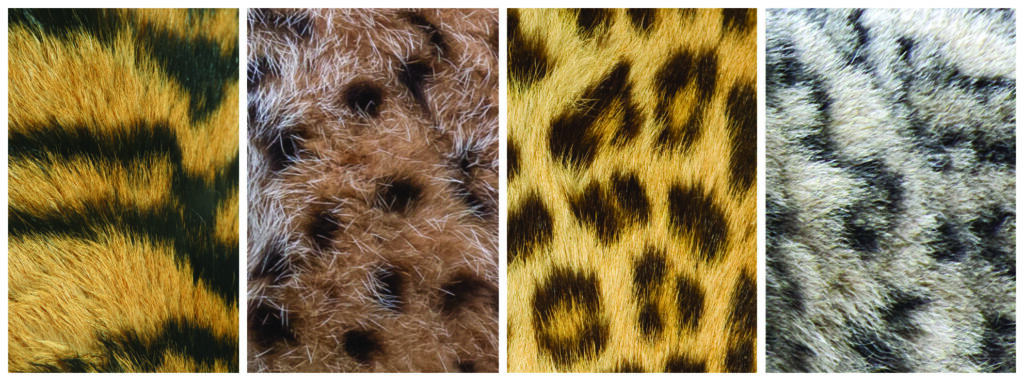

It’s relatively easy to tell these four different species apart. But how did you do on the ID test on the above? Did you know it’s the same snow leopard in both photos? If you didn’t, you could have overestimated the population, skewing conservation strategies for snow leopard protection.
The research cameras in zoos will take photos of both sides of the cat where there is 100% certainty of its identity. We will send these photos to scientists who normally ID the species of interest in the wild (lynx photos to lynx researchers and so on) through research camera studies. Researchers involved in the project will not know how many cats are in the database, which cat is which, or where it is from. Only our lead scientist knows the true identities. The researchers will ID the cats in the zoo photos. We can then assess how accurate they are at identifying individual cats because we are certain of the true identities of the zoo animals.
We can also evaluate the types of errors that most commonly occur. For example, if it is more common to say that photos of the same cat are of two different cats, that leads to an overestimation of the population. In contrast, if it is more common to classify two photos of different cats as the same cat, that will lead to an underestimation of the population.
“We could not learn the answer to this vital question about ID accuracy without these known cats and the generous conservation partnership of Seneca Park Zoo in this study. Once we have the final results, we hope to have a clearer understanding of the margin of error. We can then incorporate that into our research findings to better analyze and estimate snow leopard populations. This will help us take another leap forward in securing a future for wild felids. And we have zoo cats to thank for their part in it.” – Marissa Niranjan, Deputy Director of Snow Leopard Trust.
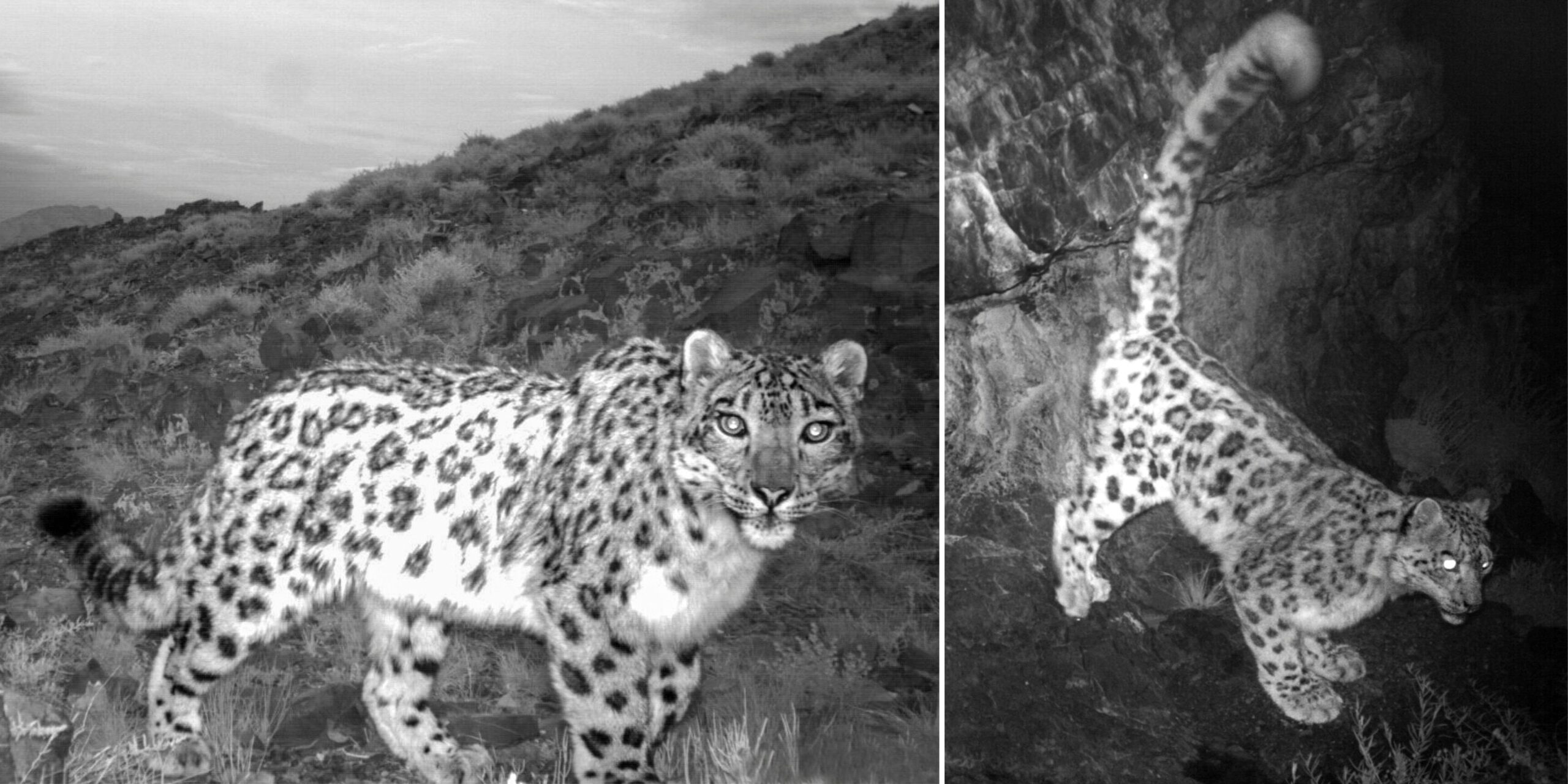

Seneca Park Zoo has partnered with Snow Leopard Trust for over a decade, contributing to our conservation programs in myriad ways – inspiring zoo visitors to take action on behalf of wild snow leopards and increasing awareness of the importance of local and indigenous communities in snow leopard conservation. In 2021, Seneca Park Zoo support helped build multiple predator-proof corrals in Mongolia and Pakistan, protecting livestock from attack and decreasing negative interactions between wild snow leopards and herders.
You may be surprised to learn that Seneca Park Zoo’s conservation efforts also help snow leopards by supporting a growing beekeeping livelihood-improvement project in Pakistan. This initiative increases the economic resilience of high-altitude communities who share their land with snow leopards and promotes coexistence with this threatened cat. (Check out how Seneca Park Zoo is also making a difference for pollinators in the Rochester area on the zoo website.)
Seneca Park Zoo and the larger global snow leopard community are empowering Snow Leopard Trust to reach new conservation milestones for the magnificent ghost of the mountains. Thank you for turning inspiration into action!
“Seneca Park Zoo and the larger global snow leopard community are empowering Snow Leopard Trust to reach new conservation milestones for the magnificent ghost of the mountains.”
– Jen Snell Rullman, Senior Philanthropy Manager
